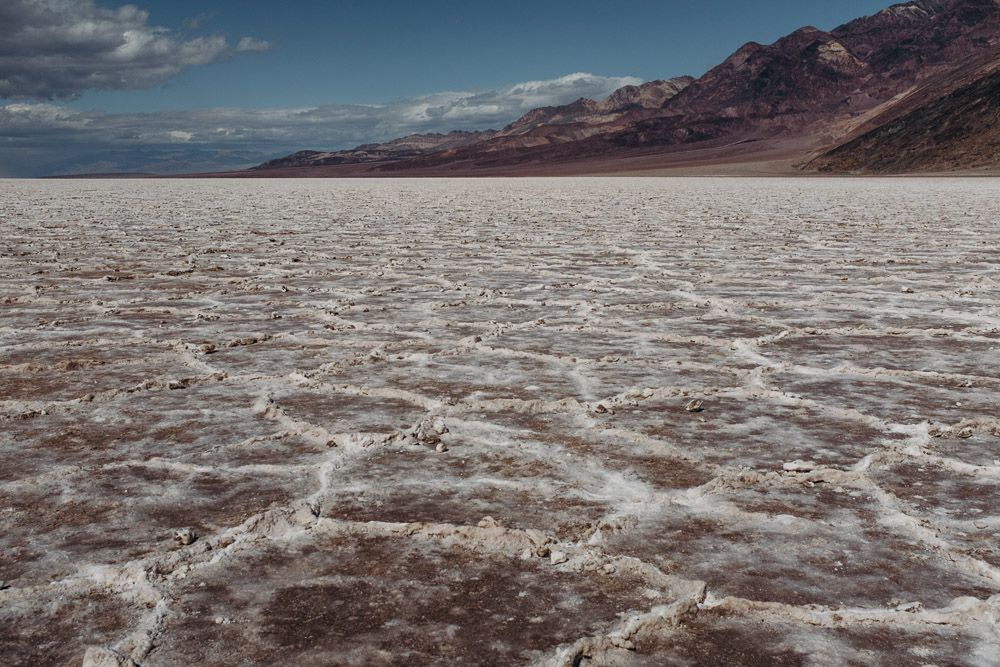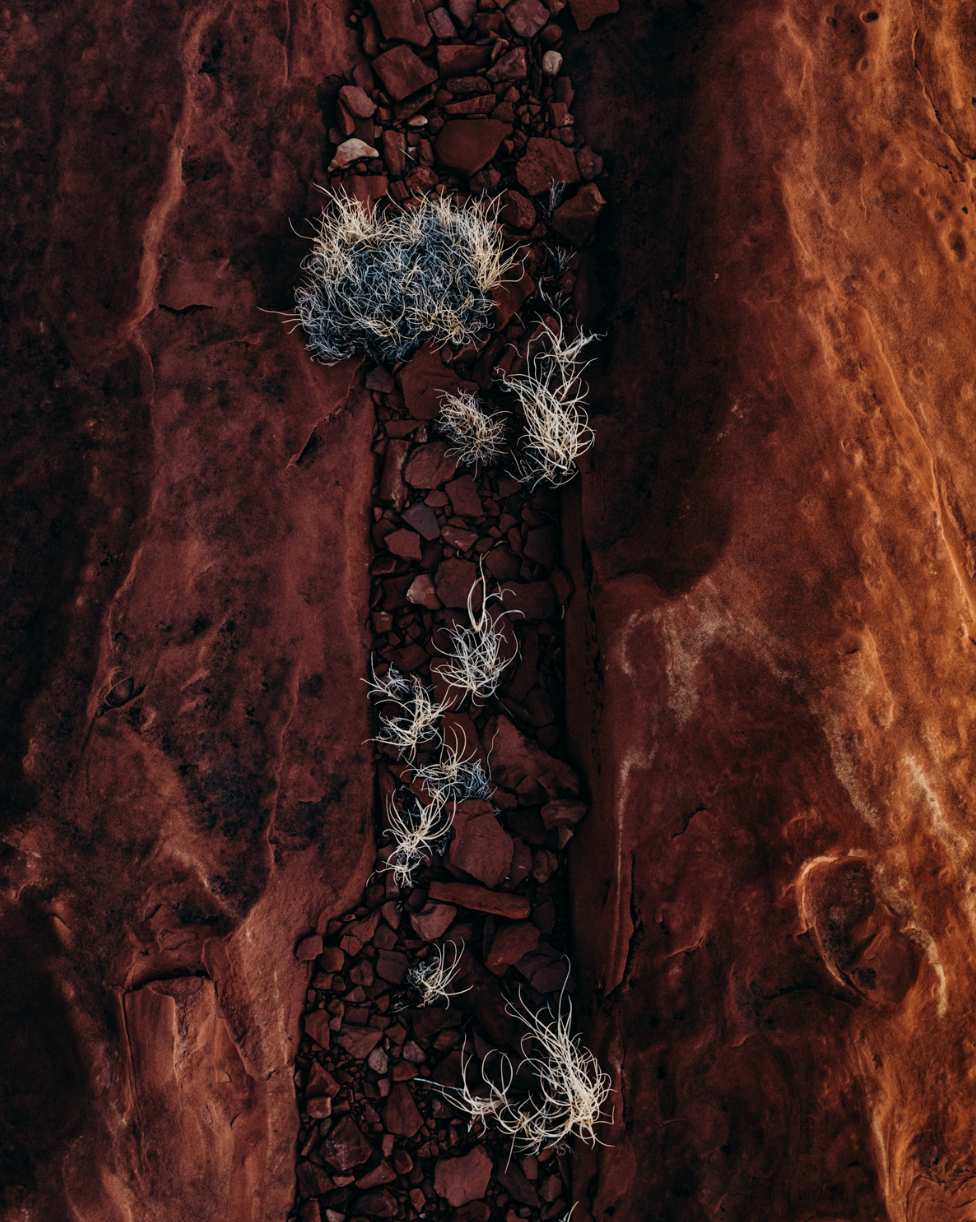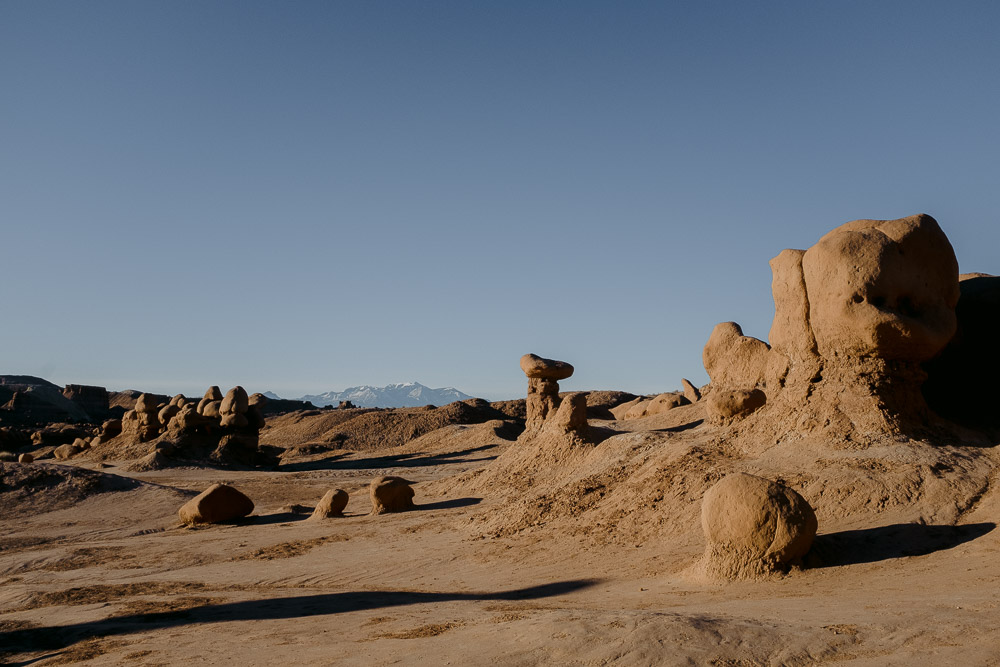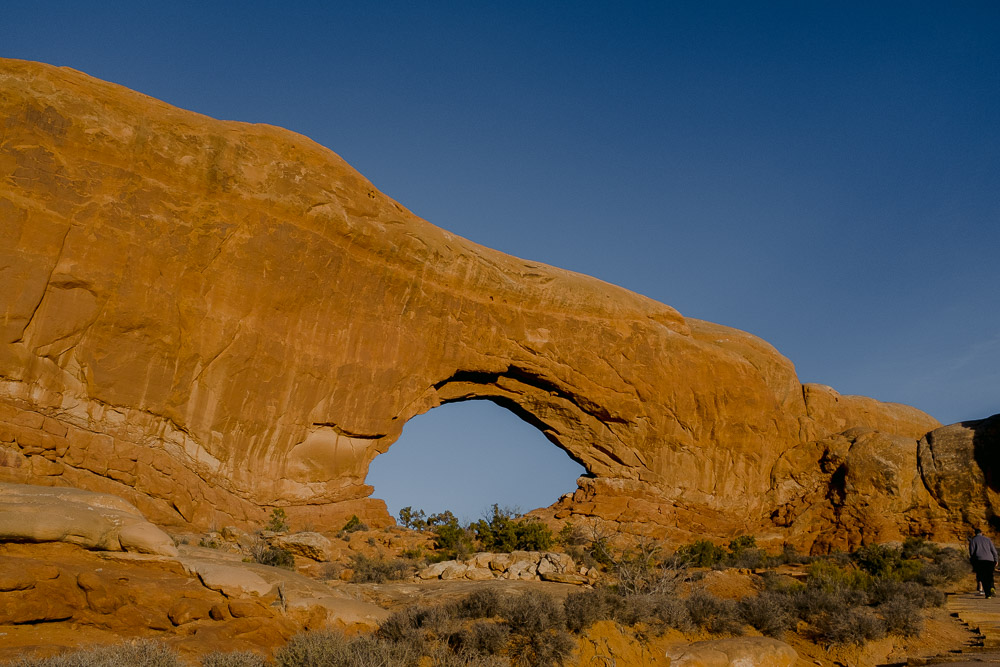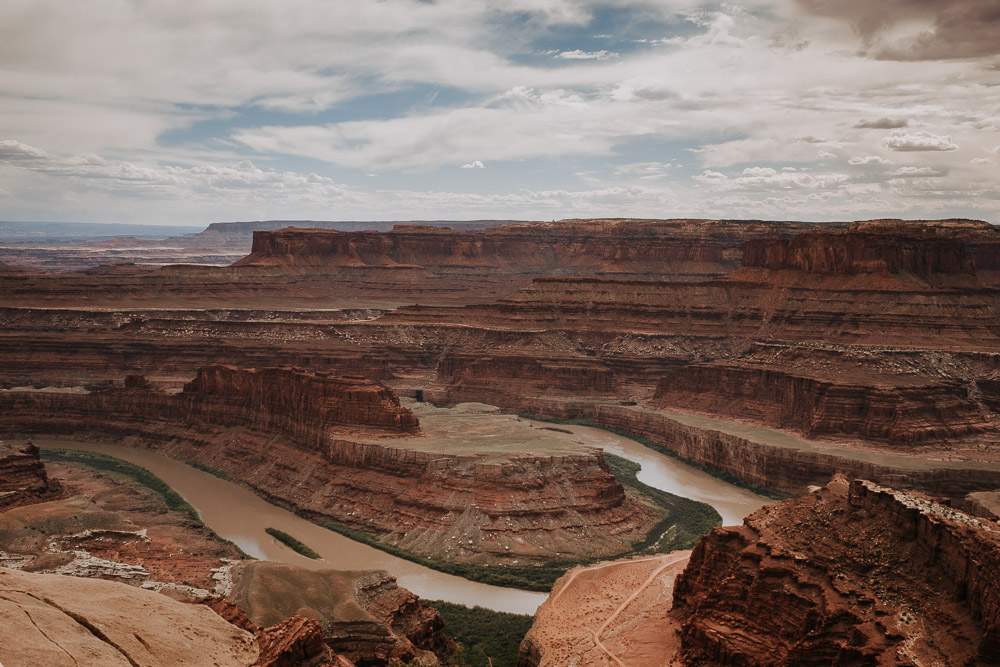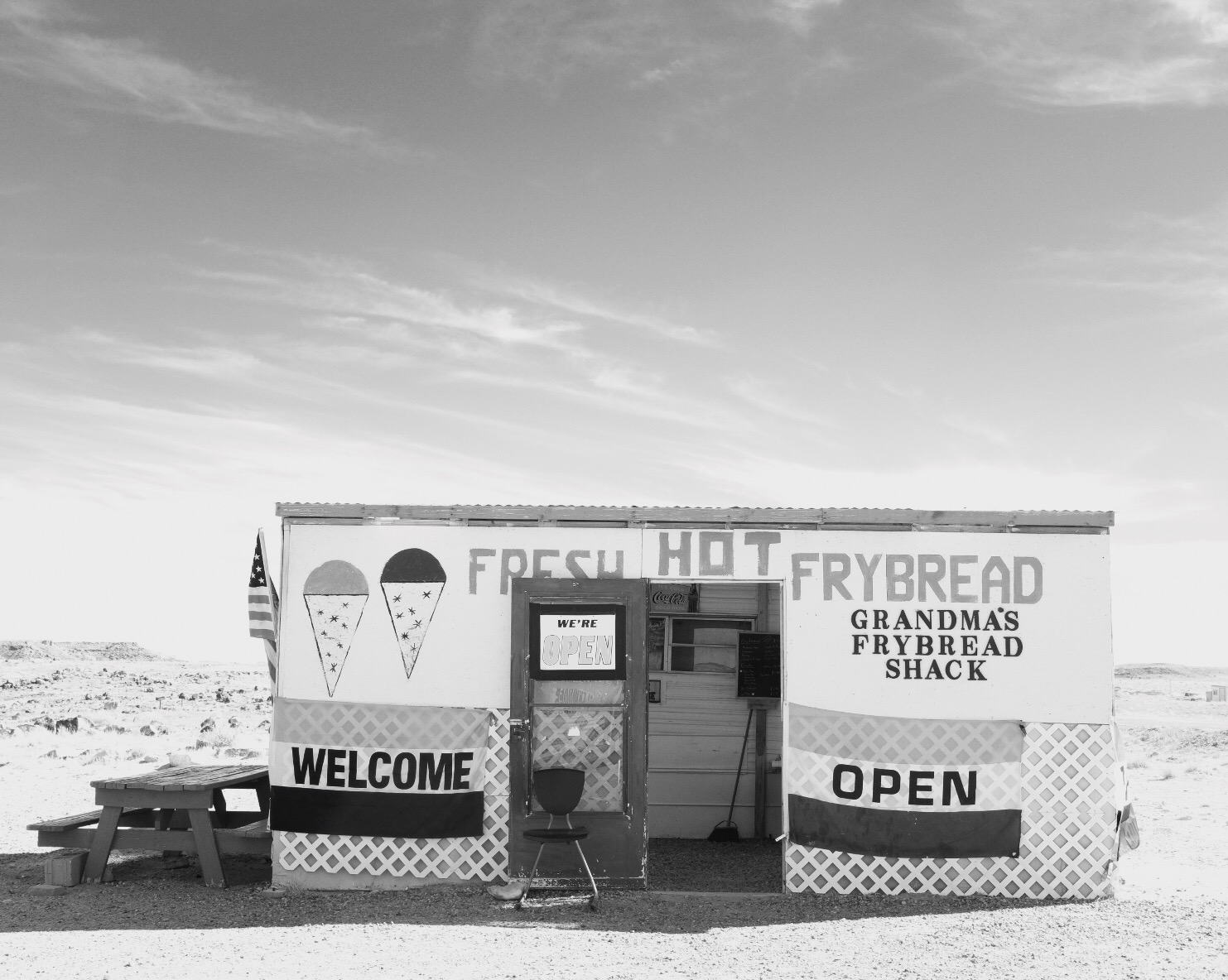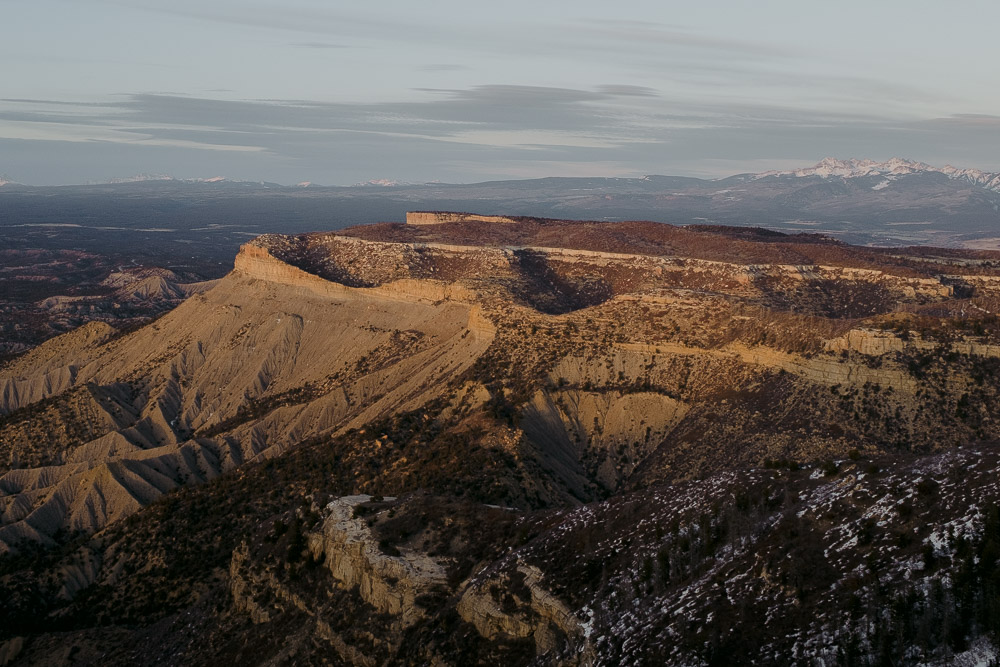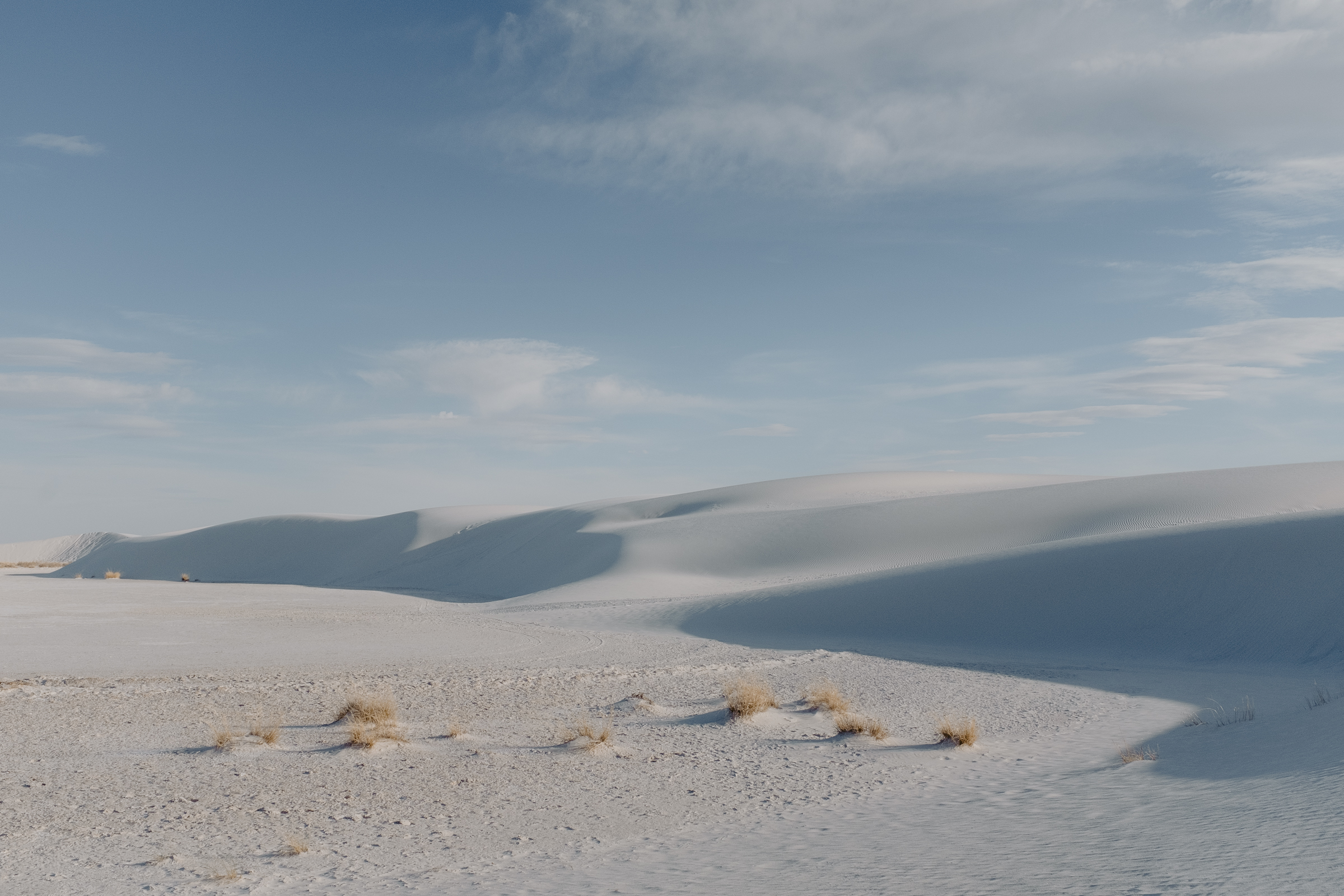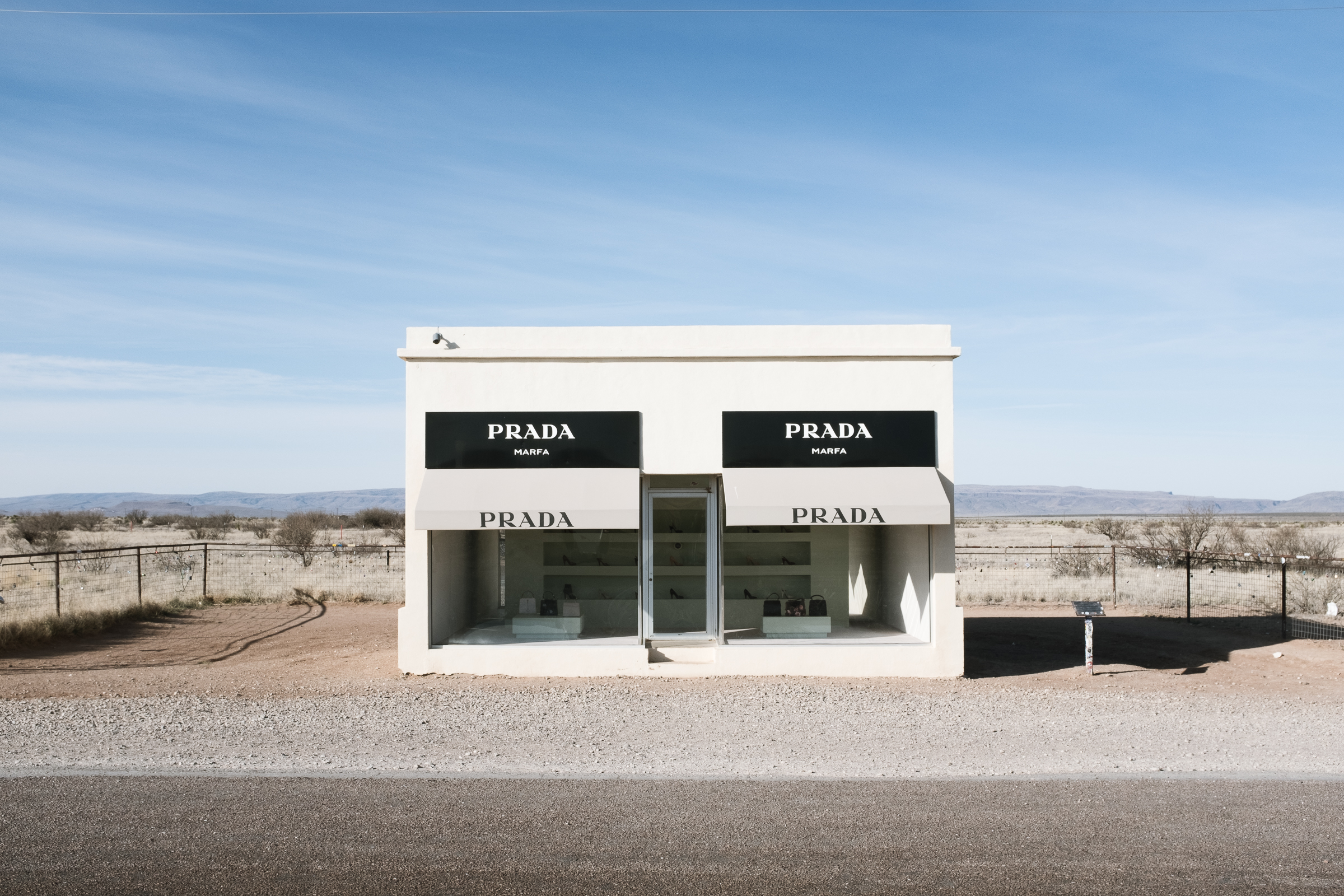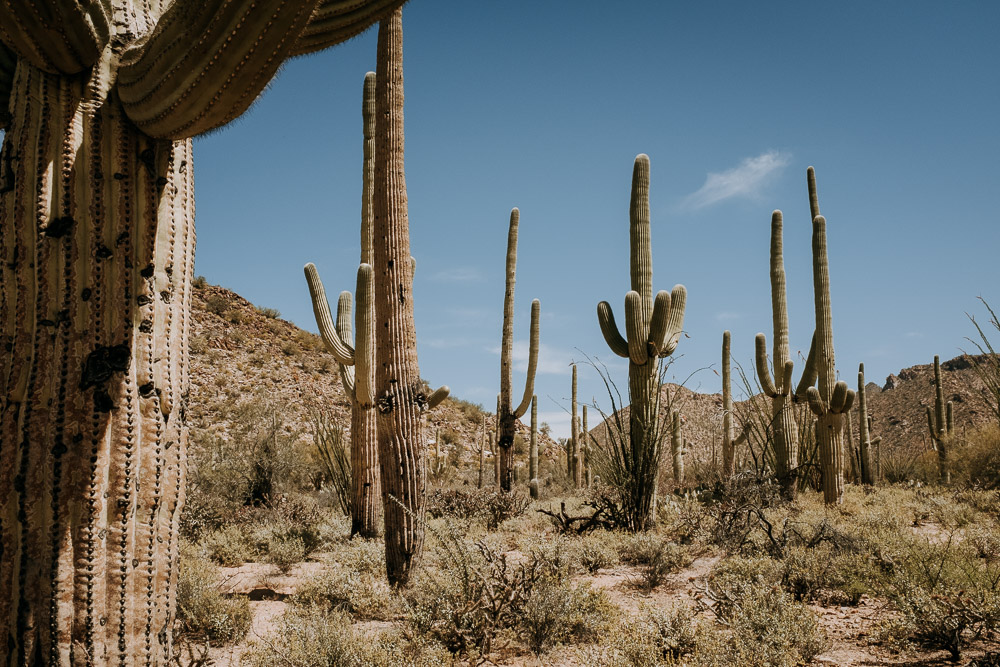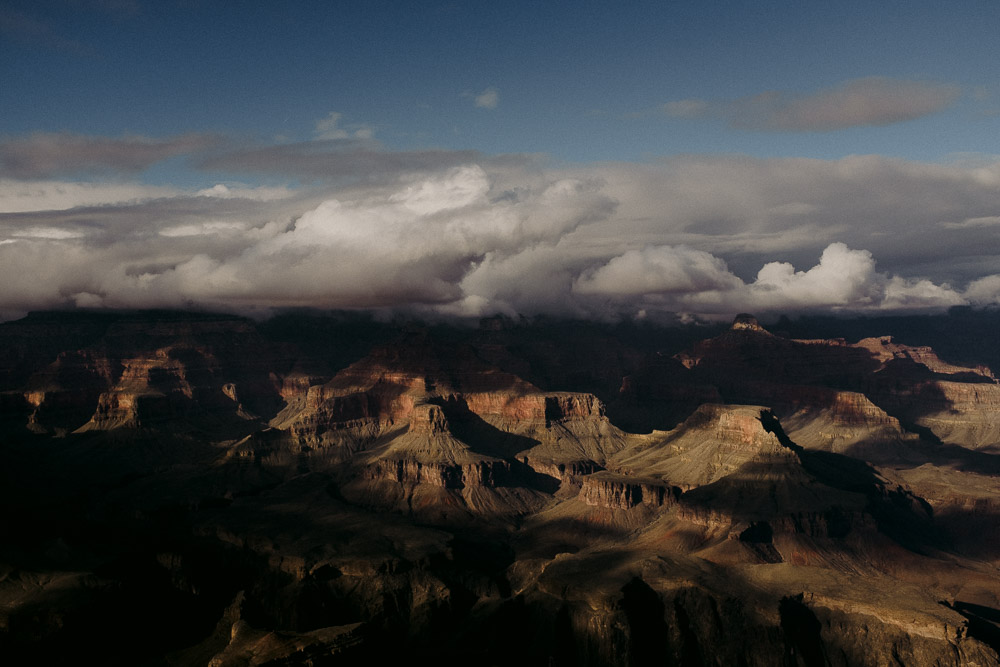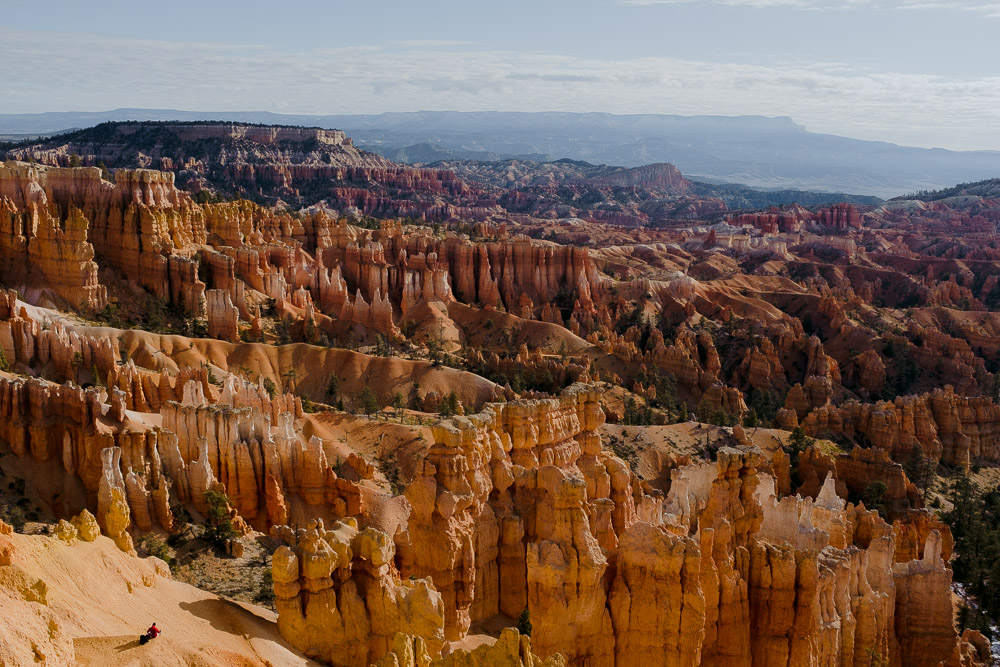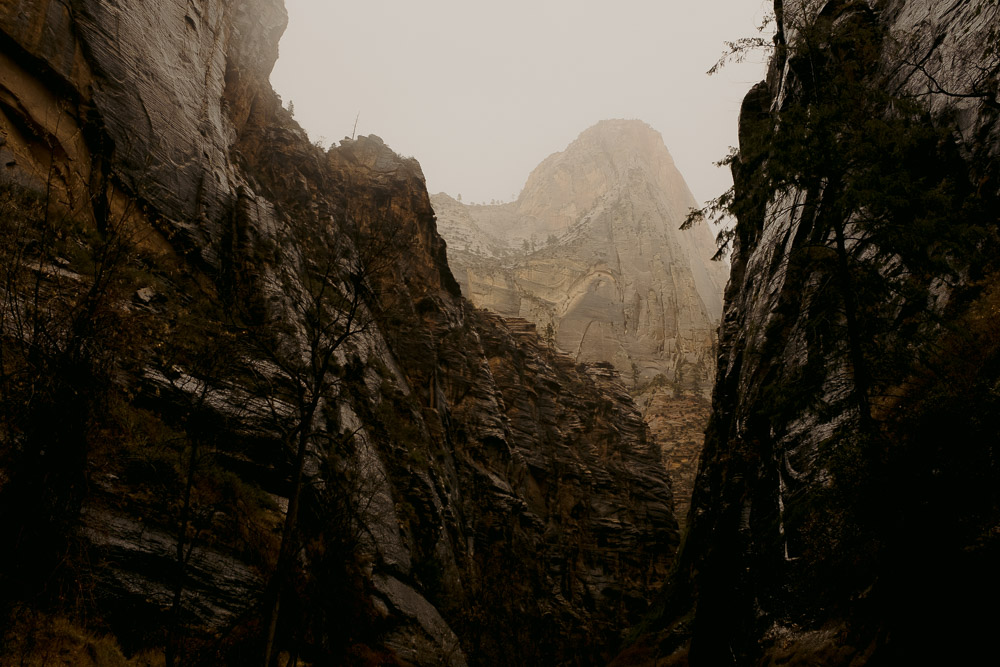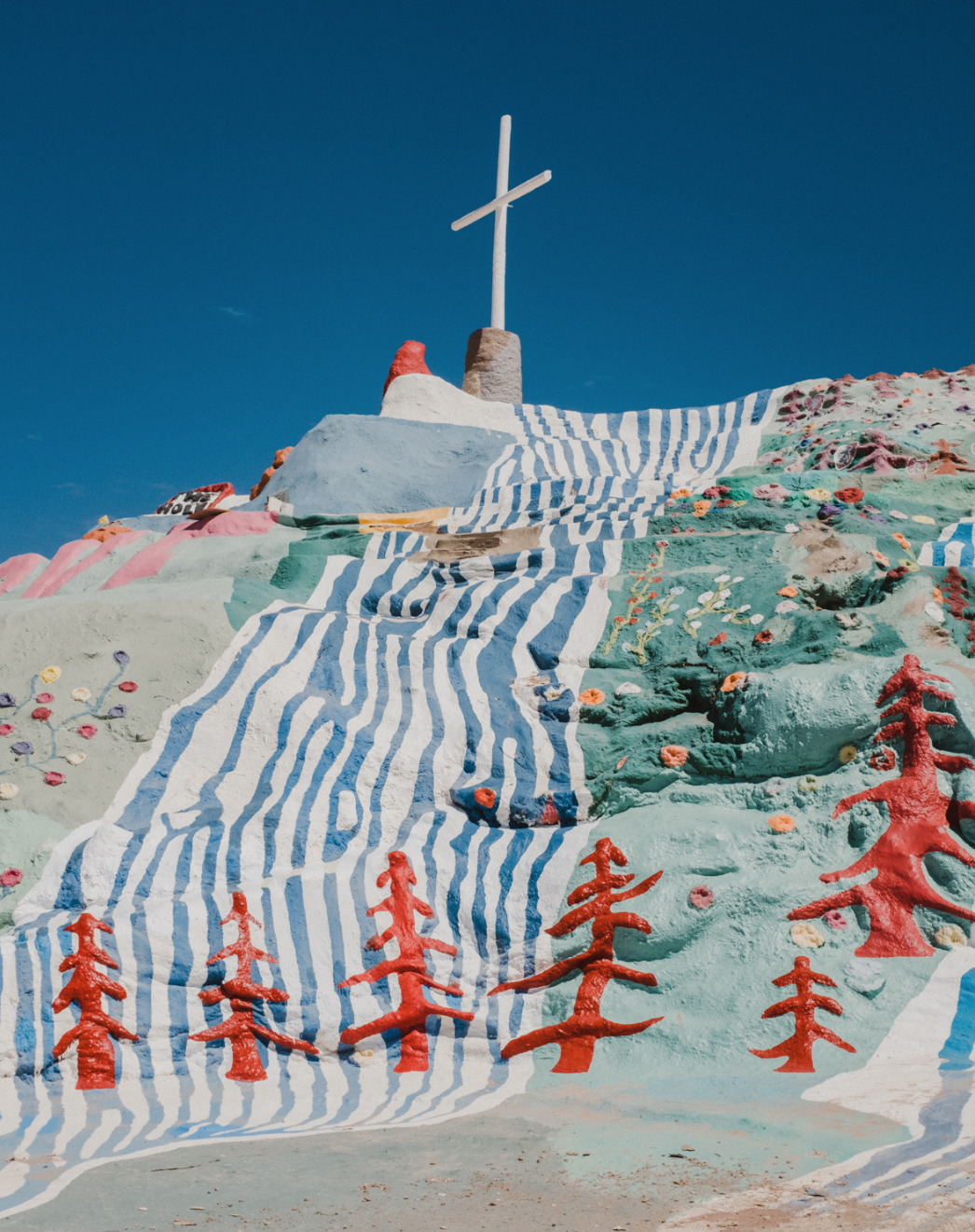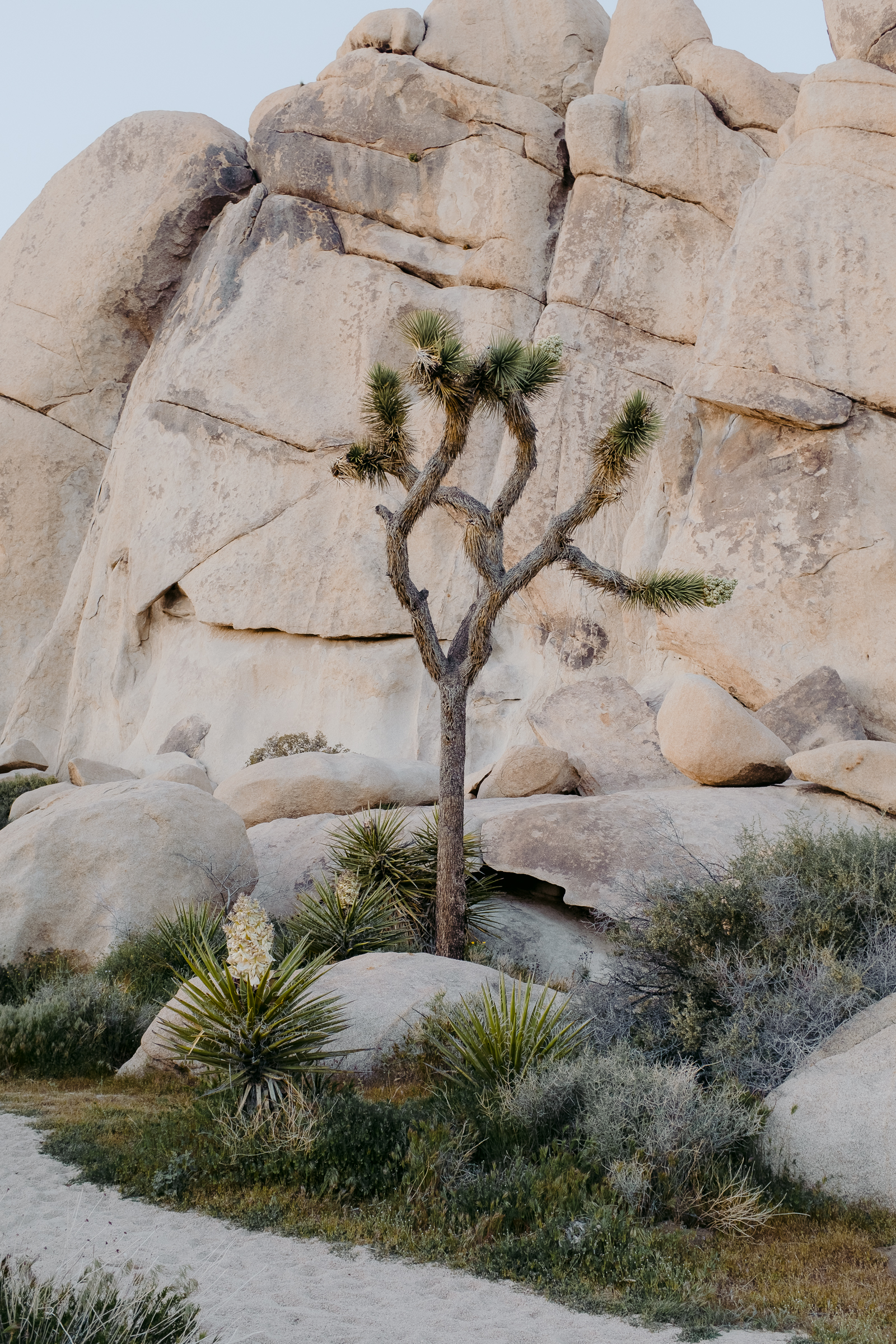Roadtripping the American Southwest
Rugged, beautiful and fun, the Southwestern region of the US is the ultimate adventurer’s playground. With luring sunsets, red-rock canyons, giant cacti and classic Americana at every turn, it’s pretty impossible to not have an amazing time. For many, the biggest draw to the region is the Grand Canyon, a two-billion-year-old geological treasure with a healthy dose of fun. Next door, in Utah and Nevada, the red rocks will nourish your soul while testing your bike skills on hundreds of note-worthy trails. In New Mexico you can spend your time wandering through the impeccable beauty of White Sands National Monument before heading off to see the towering Saguaro’s that Arizona is known for. Read on below for tips, tricks and advice for your very own American Southwest adventure.
WHAT YOU’LL SEE
This particular route was created with LA as its start and ending point. There are a few cities and parks that weren’t included but are worth checking out if you have the time! Zoom in to the road trippers map below to see if there are additional spots you’d want to add!
ROUTE MAP
White Sands National Monument
photo: Sarah Dickenson
PRE - PLANNING
The route above is jam packed with ALMOST all of the places you’d want to hit on your road trip. We left out a lot of the major cities you might drive through or near, but that doesn’t mean they aren’t worth a visit. One of the biggest hurdles on embarking on a trip like this is the pre-planning. Deciding where you want to go, when, how long you want to stay and not to mention the climate in each location - since it can vary drastically. Pretty much every destination on this trip could be served well with at least a 3 - 5 day stop, but in reality that is unrealistic for most. We’d recommend a minimum of 2 nights in each location. When we embarked on our Southwest US road trip we aimed to arrive at most places before sunset, stayed a full day and then left either at dawn or in the afternoon depending on where we were off to next. Some places, like the Arches / Canyonlands area and the Zion / Bryce area we stayed longer since there are a few National Parks close together.
PLANNING APPS & VEHICLE RENTALS
We have used Roadtrippers now for long- term road trips, the first of which is the trip you see above, lasted about 4 - 6 weeks. The second was a 6-week cross country roundtrip adventure that went from Rhode Island down through the Southern route to LA and then up and across the northern route back to the East Coast. Roadtrippers is the best app for planning. You can put in your vehicle information to help estimate gas costs and the app will automatically place where a particular destination makes the most sense in your journey. If you don’t have a vehicle of your own that is equipped for a journey like this, we’d highly recommend using Escape Campervans.
Favorite Travel Apps
Roadtrippers - trip planning
Campendium - finding free, public and private camping locations
TripAdvisor - general reviews + what to do’s
Recreation.Gov - booking campsites at National Parks
ONP Walmart - for locating Walmart’s that allow overnight RV and Van stays
WHAT TO PACK - The Basics
Depending on the time of year you are traveling, the climates across this road trip can change dramatically. It could be snowy in some places, raining in others and then blistering hot in the desert with chilly evenings. Make sure to pack a variety of clothes that you can layer including 1 - 2 pairs of hiking boots incase your first pair gets wet and can’t dry out in time as well a pair of rain paints to go over hiking shorts or leggings. Below is a pretty basic, but necessary packing list which could certainly be expanded on for your own personal preference.
Layers - rain jacket, nano puff layer or fleece, base layer, hiking shirts / tanktops, hiking shorts / pants, rain pants, wool hiking socks, hiking boots, sandals, sneakers.
WATER - make sure to always have a few days worth of water packed in your car incase of emergency. This is no joke. Everyone knows you can go a few days without food but water is a necessity. Most National Parks have zero or limited cell service and some of the ones mentioned above are pretty desolate. Having extra water in your car could make all the difference if you get stranded.
Hiking Gear - besides your hiking shoes, we highly recommend investing in a comfortable hiking day pack with a water reservoir. You will stay more hydrated when your water is super accessible and you don’t have to constantly dig for water bottle mid hike. A headlamp and small first aid kit are also a must. There is no need to break the bank on any of these items, most can be found at pretty decent quality and price from WalMart, REI, or your local sports retailer. If anything - invest more in your hiking shoes.
CONSIDERATIONS + ADDITIONAL RECOMMENDATIONS
If you are crunched on time, we would recommend removing the Southern loop (White Sands, Saguaro National Park, Marfa) and turning that into its own trip. It adds a substantial amount of miles to your trip and there are a few other locations in the area we’d recommend if you were doing that separately. For example Santa Fe, Guadalupe National Park, Carlsbad Caverns National Park, Flagstaff, Sedona, and Arcosanti. If you can manage to snag a reservation you should of course also visit Antelope Canyon + Horseshoe Bend as well as stop through the Mid-century Mecca of Palm Springs after leaving Joshua Tree on your way back to LA!
If you’re looking for more adventure fun, check out
Ultimate Car Camping Kit Guide and 5 Stylish Renovations to Inspire Your Next Adventure!
This post was created in collaboration with US photographer and traveler, Sarah Dickenson, images and opinions are her own. To find out more about Sarah, visit her website and instagram.

